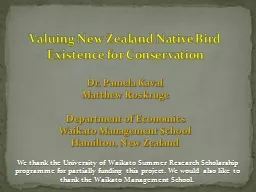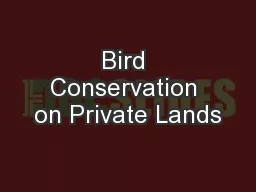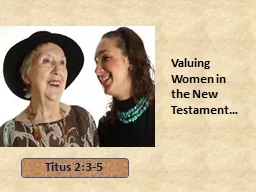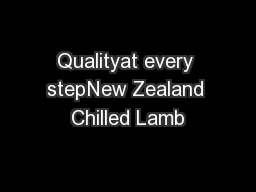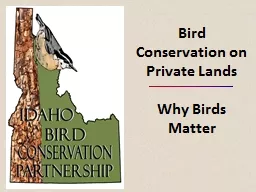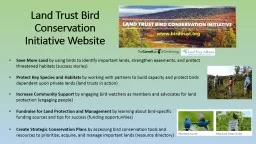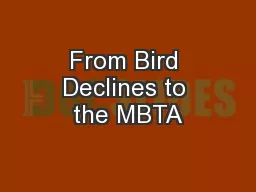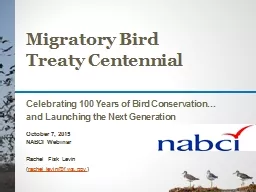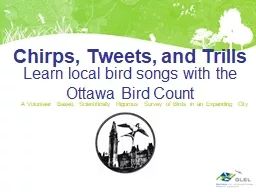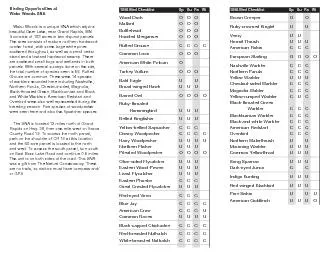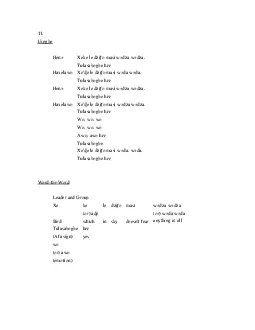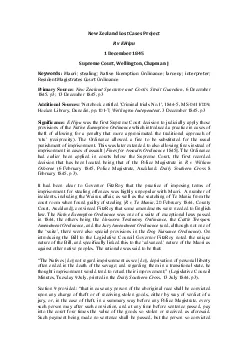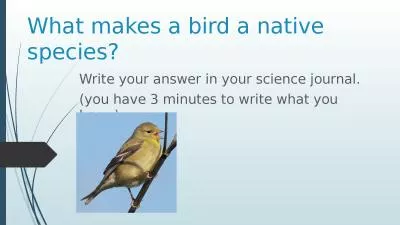PPT-Valuing New Zealand Native Bird Existence for Conservation
Author : giovanna-bartolotta | Published Date : 2017-10-07
Dr Pamela Kaval Matthew Roskruge Department of Economics Waikato Management School Hamilton New Zealand We thank the University of Waikato Summer Research Scholarship
Presentation Embed Code
Download Presentation
Download Presentation The PPT/PDF document "Valuing New Zealand Native Bird Existenc..." is the property of its rightful owner. Permission is granted to download and print the materials on this website for personal, non-commercial use only, and to display it on your personal computer provided you do not modify the materials and that you retain all copyright notices contained in the materials. By downloading content from our website, you accept the terms of this agreement.
Valuing New Zealand Native Bird Existence for Conservation: Transcript
Download Rules Of Document
"Valuing New Zealand Native Bird Existence for Conservation"The content belongs to its owner. You may download and print it for personal use, without modification, and keep all copyright notices. By downloading, you agree to these terms.
Related Documents

